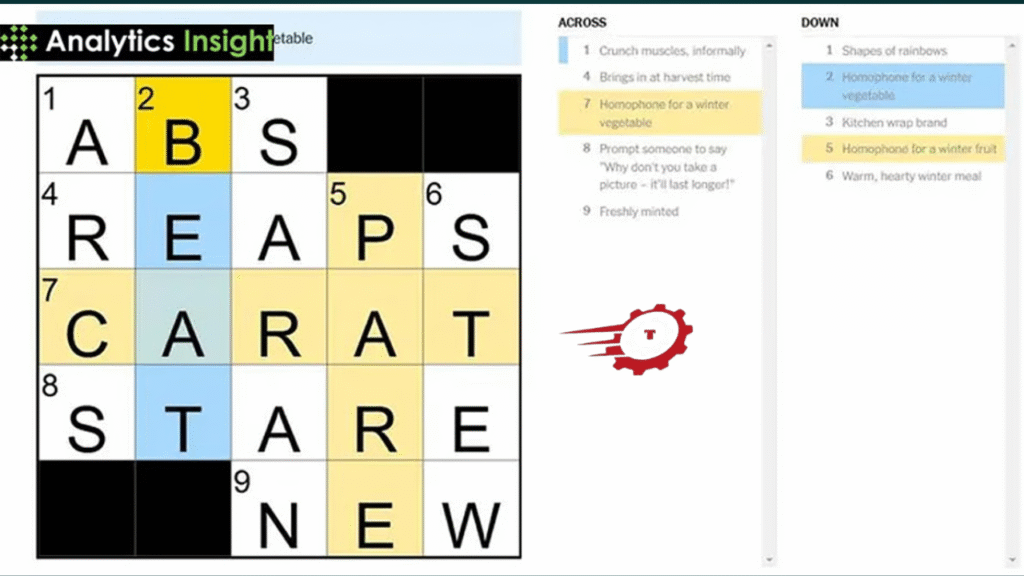Did you know that some words sound the same but mean totally different things? One funny example is “turnip” and “turn up”! This playful pair is a homophone — and kids love how silly it sounds. Let’s dig into the fun world of words, veggies, and why turning up can be more than just dancing!
What Is a Homophone Anyway?
A homophone is a word that sounds exactly like another word but has a different meaning — and sometimes even a different spelling. For example, the words “pair” (like a pair of shoes) and “pear” (the fruit) sound the same but mean two different things. That’s a homophone!
Homophones can be confusing at first, but they’re also super fun to learn. They help build strong vocabulary skills, improve spelling, and make language learning more exciting. English has lots of these tricky twins, and “turnip” and “turn up” are one of the silliest pairs out there!
Meet the Winter Veggie — The Turnip!
Now let’s meet the winter vegetable in question: the turnip. Turnips are round, white and purple root vegetables that grow best in cold weather. People cook them in soups, mash them like potatoes, or even roast them in the oven. They’re full of healthy vitamins, like vitamin C and fiber, and are a favorite in many holiday recipes.
Turnips have been eaten for hundreds of years, especially in winter when it’s harder to grow other veggies. They grow underground, like carrots and beets, and have green leafy tops that can also be eaten! They’re crunchy when raw and soft when cooked — a winter superstar in many kitchens.
Turn Up the Volume — A Funny Phrase
Now let’s look at “turn up”, the homophone. This phrase has a totally different meaning — in fact, it’s not a thing you eat at all! “Turn up” can mean several fun things. It can mean to increase the volume (like turning up music), to arrive somewhere (like when you turn up at a party), or even to celebrate and have fun.

So when someone says, “Let’s turn up!” during a snow day or a winter break, they probably mean “Let’s have fun!” — not “Let’s eat a root vegetable!”
When Do You “Turn Up”?
You can turn up:
- At a birthday party
- At a holiday dinner
- On the dance floor
- At school for a surprise show-and-tell
- During the winter when you want to turn up the heat!
It’s a phrase filled with action and fun. It’s all about energy, excitement, and being present in the moment — not munching on veggies (though that’s cool too!).
Turning Up vs. Turnips
Even though “turn up” and “turnip” sound nearly the same, they couldn’t be more different. One is a phrase about doing something exciting, and the other is a round vegetable. Still, kids often laugh when they hear them used in silly ways, especially if someone says, “Let’s turnip the party!” That’s a joke using a homophone on purpose!
Why It’s Easy to Mix Them Up
It’s easy to mix up these homophones because they sound so similar. If someone says, “Let’s turn up,” and you imagine a giant purple vegetable arriving at your front door, you’re not alone! Even adults get a kick out of this wordplay.
When kids hear “turn up” for the first time, their brain might picture a turnip — especially if they’ve just learned about vegetables. That’s why it’s helpful to learn what each word really means and see them used in funny or creative ways.
Fun Sentences Using “Turn Up” and “Turnip”
Let’s have fun with some silly sentences that use both meanings:
- “I turned up at Grandma’s house, and she gave me a big bowl of mashed turnips!”
- “The music turned up so loud, it scared my pet turnip right off the table!”
- “We were ready to turn up the party until someone brought a bag of turnips instead of chips!”
- “Don’t forget to turn up the oven before roasting the turnips.”
- “Every winter, the turnips turn up in Mom’s soup.”
These types of silly sentences help kids understand the differences while giggling through the confusion!
Other Funny Homophones Kids Should Know
Homophones are everywhere! Here are a few more fun ones for kids to explore:
- Flour and Flower – One goes in cookies, the other grows in a garden.
- Sea and See – One’s full of water, the other uses your eyes.
- Bear and Bare – One is a fuzzy animal, the other means no clothes!
- Knight and Night – One wears armor, the other is when it gets dark.
- Sun and Son – One shines in the sky, the other might be your brother!
Learning these helps kids become better readers and writers. Plus, they make great jokes and riddles!
How to Remember the Difference
It’s easy to forget which word is which, but with a few tricks, kids can remember them forever.

Tip for Kids
Picture the word in your head.
If someone says “turnip,” picture a veggie. If they say “turn up,” imagine loud music or walking into a room. Creating pictures in your mind helps lock the meaning into memory.
Learning with Flashcards
Make homophone flashcards!
On one side, write “Turnip” and draw a veggie. On the other side, write “Turn Up” and draw someone dancing or turning up a volume knob. Practice with a friend or family member to test your knowledge!
You can also write silly sentences and draw pictures for each. This makes it fun and helps with learning even faster.
Turnip Facts That Will Surprise You
Here are some fun facts about the winter veggie:
- Turnips were used as lanterns before pumpkins on Halloween in ancient Ireland!
- They can grow as big as a basketball if left in the ground.
- Turnip greens (the leaves) are edible and full of vitamins.
- Some turnips can taste sweet like carrots.
- They’re one of the oldest vegetables in the world — grown for over 3,000 years!
See? Turnips aren’t just funny sounding — they’re super cool too!
Turn Up the Learning!
Learning about homophones like “turnip” and “turn up” isn’t just about spelling or vocabulary. It’s about listening, laughing, and understanding how language works. It makes writing more fun and helps with reading too. Kids who learn these early will have a stronger grip on language and communication as they grow.
Plus, it’s just fun to say, “Let’s turnip the learning!” (Get it?)
The Bottom Line
“Turnip” and “turn up” are homophones — they sound the same but mean totally different things. One is a tasty winter vegetable, and the other means to show up or get excited. Learning about these silly sound-alike words helps kids build language skills while having fun. Whether you’re eating mashed turnips or turning up the music, you’ll never forget how funny and useful homophones can be!

